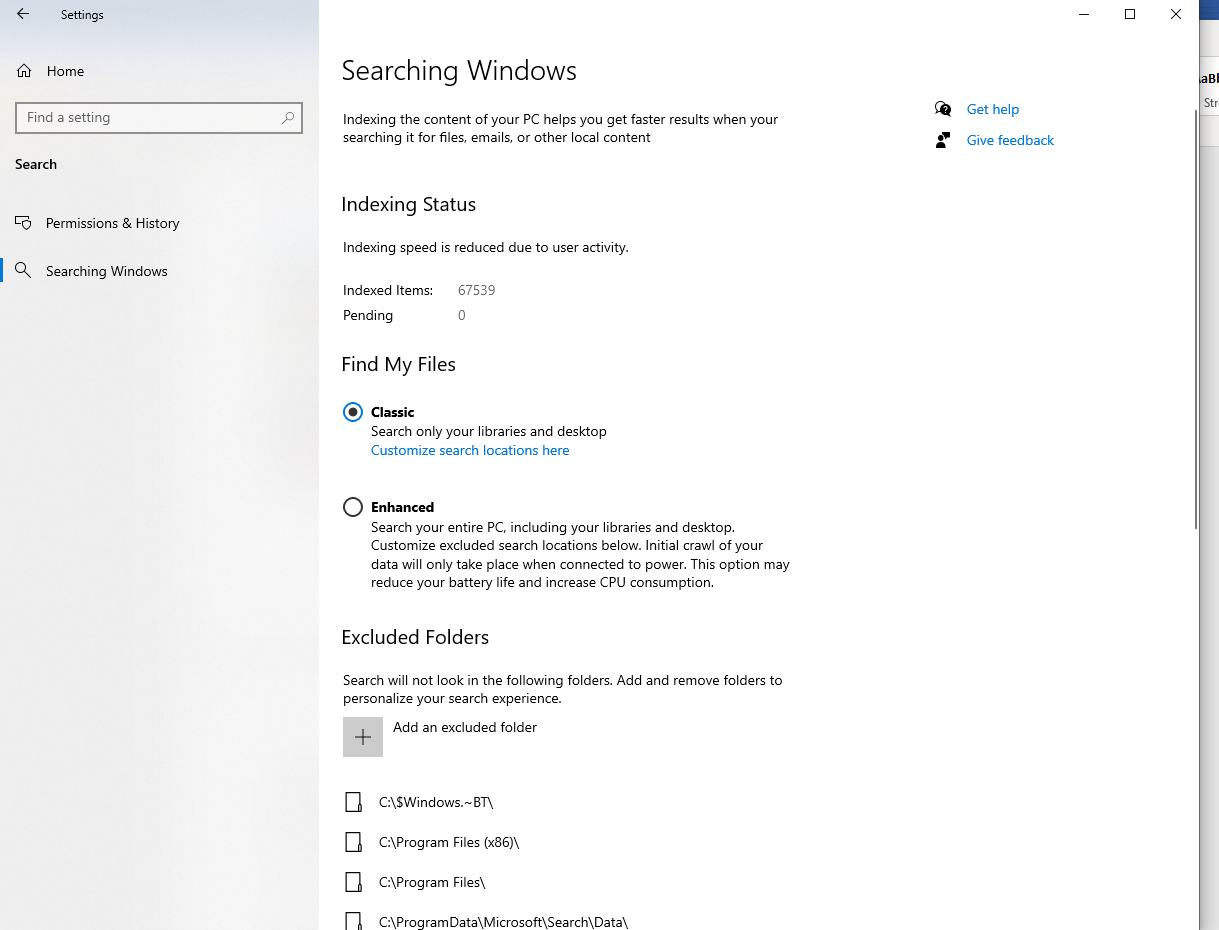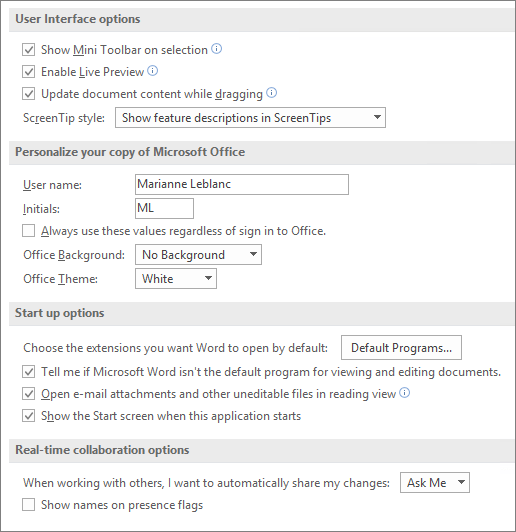
- MICROSOFT WORD DEFAULT SETTINGS CHANGE HOW TO
- MICROSOFT WORD DEFAULT SETTINGS CHANGE INSTALL
- MICROSOFT WORD DEFAULT SETTINGS CHANGE UPGRADE
There are a few caveats, which I will explain later in this post. After you do so, new documents will open at the magnification you applied to the template. You can change the default zoom setting by modifying the template that is the basis for your new documents. However, for new blank documents, the news is better (mostly). However, if the original author/editor sends the doc back to you later on after he or she makes further changes, the revised version will open at the sender’s preferred zoom, not yours.Īs for documents you created previously, they will open at the magnification you applied during your last edit session. As a temporary workaround, you can adjust the setting manually while you’re editing the document. There is no way around that, unfortunately. Let’s start with the bad news: A document that you receive from someone else will open at the magnification that person applied when he or she last worked on the document. (3) How can I set a default zoom level for documents I receive from (or created by) others? (2) How can I set a default zoom level for documents I created previously? and

(1) How can I set a default zoom level for new (blank) documents? What they are really asking can be broken down into three separate questions:
MICROSOFT WORD DEFAULT SETTINGS CHANGE HOW TO
If you simply delete the files, you are removing all AutoCorrect settings, not setting them back to factory defaults.People often ask how to change their default zoom (magnification) in Word. These are used for shared and user-specific AutoCorrect settings. An example would be any file on your system ending with the.

There are also other files that can be changed during the course of using Word, but you cannot "reset" by simply deleting them. For instance, the company name you entered when you first installed Word is actually stored in the Word program file. Understand that when you make all these changes, there are still a couple of settings that can then only be changed by a complete reinstall. You are asked if you want to really delete the key.

If you make changes and then exit, you overwrite any resetting you did. This is because Word saves configuration information as it exits. You should remember that you cannot do "resetting" of Word while the program is running.

Thus, after an uninstall, it is likely to be necessary to edit the Registry to remove the settings.
MICROSOFT WORD DEFAULT SETTINGS CHANGE INSTALL
However, it's not so useful for those who are looking to get a completely 'clean' install with no throwbacks to previous installs.
MICROSOFT WORD DEFAULT SETTINGS CHANGE UPGRADE
This is ideal for those who are upgrading-they get to keep their settings rather than find the upgrade overwriting them. The uninstall process does not remove all option settings stored in the Registry and many of these will be picked up after the re-install so that Word can use them. Many of the configuration settings unique to Word are stored in the Registry. This, however, will not lead to a pristine version of Word. Other suggestions may include uninstalling and reinstalling Word. While this will restore some settings to their first-used state (such as macros, toolbars, and the like), it will not do the entire trick. Many people think that the easiest way to do this is to simply allow Word to recreate the Normal.dot template. For instance, you may be offering Word training, and you want to reset Word between each class offered. There may be times when you want to set Word back to a pristine, first-installed condition.


 0 kommentar(er)
0 kommentar(er)
